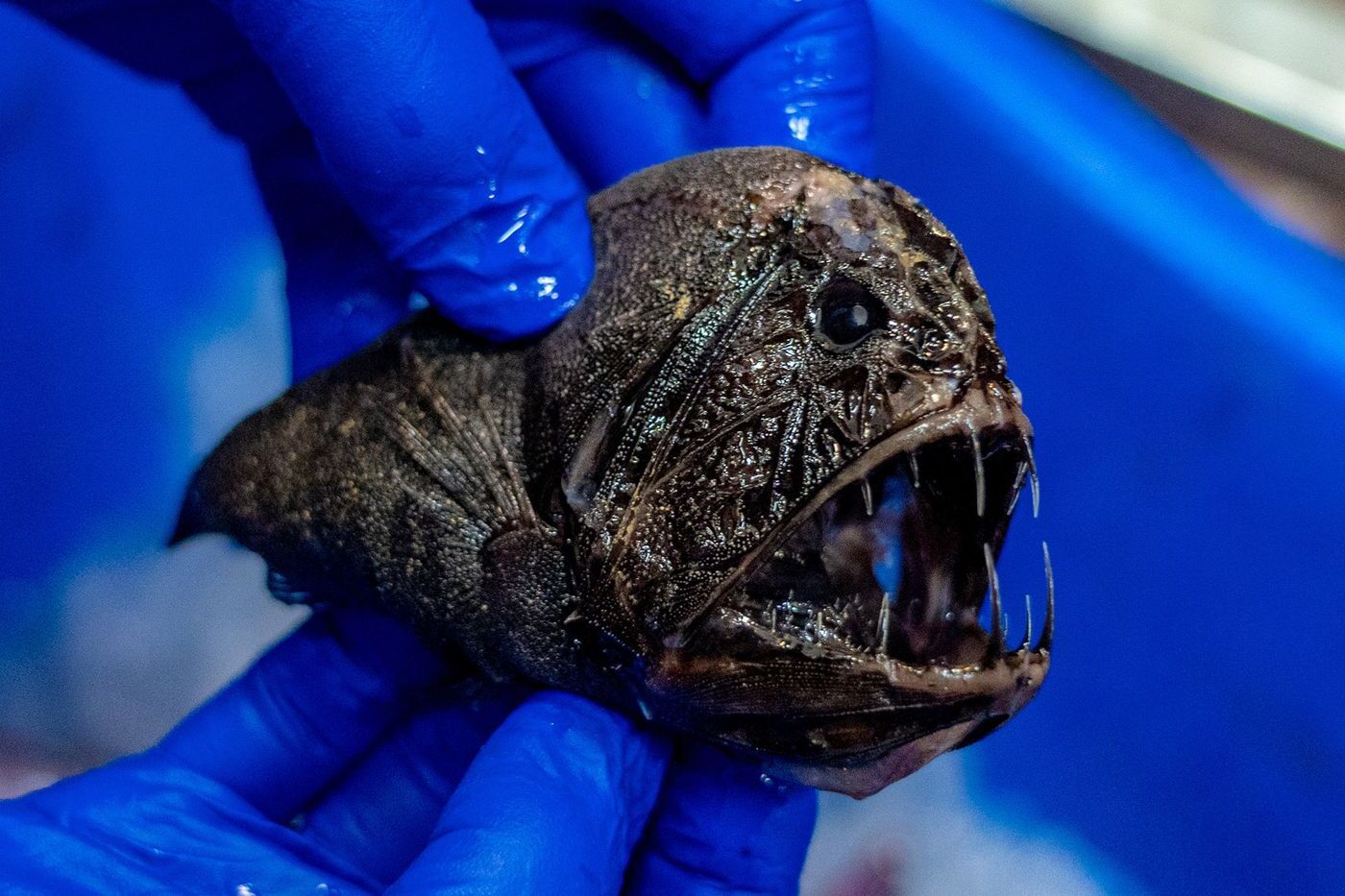
Hijama, also known as cupping therapy, is an ancient practice with roots in various cultures, including Chinese, Egyptian, and Islamic traditions. This therapeutic method involves placing cups on the skin to create suction, believed to promote healing and improve blood flow. But what makes Hijama so intriguing? For starters, it’s not just a relic of the past; many people today swear by its benefits for ailments ranging from muscle pain to anxiety. Why has this age-old technique stood the test of time? Perhaps it’s the blend of tradition and perceived health benefits that keeps it relevant. Whether you're curious about its history, methods, or potential health perks, this post will cover 45 fascinating facts about Hijama that might just pique your interest.
Key Takeaways:
- Hijama, also known as cupping therapy, is an ancient practice that promotes healing and blood flow. It has potential health benefits and cultural significance, and is gaining popularity in modern medicine.
- Despite myths and misconceptions, many famous personalities have endorsed Hijama, contributing to its visibility in popular culture. Safety precautions and seeking trained practitioners are important for a positive experience.
What is Hijama?
Hijama, also known as cupping therapy, is an ancient practice that has been used for thousands of years. It involves placing cups on the skin to create suction, which is believed to promote healing and improve blood flow. Let's dive into some fascinating facts about this traditional therapy.
- Hijama dates back to ancient Egyptian, Chinese, and Middle Eastern cultures.
- The word "Hijama" comes from the Arabic word "hajm," meaning "sucking."
- It was mentioned in the famous medical text, the Ebers Papyrus, from 1550 BC.
- The practice was popularized in the West by the famous Greek physician Hippocrates.
- Hijama is often used in traditional Chinese medicine alongside acupuncture.
How Hijama Works
Understanding the mechanics behind Hijama can shed light on its purported benefits. The suction created by the cups is believed to draw out toxins and improve circulation.
- Cups used in Hijama can be made of glass, bamboo, or silicone.
- There are two main types of Hijama: dry cupping and wet cupping.
- Dry cupping involves suction only, while wet cupping includes small incisions to draw out blood.
- The suction can be created using heat or mechanical devices.
- Sessions typically last between 5 to 20 minutes.
Health Benefits of Hijama
Many people turn to Hijama for its potential health benefits. While scientific evidence is still being gathered, numerous anecdotal reports suggest various advantages.
- Hijama is believed to help with pain relief.
- It may improve blood circulation.
- Some use it to reduce inflammation.
- It is thought to help detoxify the body.
- Hijama might boost the immune system.
Hijama in Modern Medicine
While Hijama is an ancient practice, it has found a place in modern alternative medicine. Many practitioners integrate it with other therapies for holistic treatment.
- Some chiropractors use Hijama to complement spinal adjustments.
- Physical therapists may incorporate it for muscle recovery.
- It is sometimes used in sports medicine for athlete recovery.
- Hijama is gaining popularity in wellness centers and spas.
- Some hospitals offer it as part of integrative medicine programs.
Cultural Significance of Hijama
Hijama holds cultural and religious significance in various communities. Its practice is often intertwined with spiritual beliefs and traditional customs.
- In Islamic culture, Hijama is considered a Sunnah practice, recommended by Prophet Muhammad.
- It is often performed during specific lunar dates for spiritual reasons.
- Hijama is a common practice during the holy month of Ramadan.
- In Chinese culture, it is part of traditional healing methods.
- Some African tribes use cupping as part of their traditional medicine.
Safety and Precautions
Like any medical procedure, Hijama requires certain precautions to ensure safety. Understanding these can help mitigate risks and enhance the benefits.
- Always seek a trained and certified practitioner.
- Ensure that all equipment is sterilized.
- Inform the practitioner of any medical conditions.
- Avoid Hijama if you have bleeding disorders.
- Pregnant women should consult a doctor before undergoing Hijama.
Common Myths about Hijama
Despite its long history, Hijama is surrounded by myths and misconceptions. Debunking these can help people make informed decisions.
- Myth: Hijama is painful. Fact: Most people report minimal discomfort.
- Myth: It leaves permanent scars. Fact: Marks usually fade within a week.
- Myth: It is only for the elderly. Fact: People of all ages can benefit.
- Myth: Hijama cures all diseases. Fact: It is a complementary therapy, not a cure-all.
- Myth: It is unsafe. Fact: When done correctly, Hijama is generally safe.
Famous Personalities Who Use Hijama
Many well-known figures have turned to Hijama for its potential benefits. Their endorsements have helped popularize the practice.
- Olympic swimmer Michael Phelps used cupping during the 2016 Rio Olympics.
- Actress Gwyneth Paltrow has publicly endorsed Hijama.
- NBA player Kobe Bryant was known to use cupping therapy.
- Jennifer Aniston has been spotted with cupping marks.
- Justin Bieber has shared his cupping experiences on social media.
Hijama in Popular Culture
Hijama has made its way into popular culture, appearing in various media and public discussions. Its visibility has helped demystify the practice.
- Cupping marks were visible on Michael Phelps during the Olympics, sparking global interest.
- TV shows like "Grey's Anatomy" have featured cupping therapy.
- Social media influencers often share their Hijama experiences.
- Wellness blogs frequently discuss the benefits of Hijama.
- Hijama workshops and seminars are becoming more common worldwide.
The Final Word on Hijama
Hijama, or cupping therapy, has a rich history and offers numerous health benefits. From improving blood circulation to relieving pain and stress, this ancient practice continues to gain popularity. While it’s essential to consult a qualified practitioner, many find hijama a valuable addition to their wellness routine.
Remember, understanding the science and tradition behind hijama can help you make informed decisions. Whether you’re seeking relief from chronic pain or looking to boost your overall health, hijama might be worth exploring.
Stay curious, stay informed, and always prioritize your health. With the right knowledge and guidance, you can harness the potential benefits of this time-honored therapy.
Frequently Asked Questions
Was this page helpful?
Our commitment to delivering trustworthy and engaging content is at the heart of what we do. Each fact on our site is contributed by real users like you, bringing a wealth of diverse insights and information. To ensure the highest standards of accuracy and reliability, our dedicated editors meticulously review each submission. This process guarantees that the facts we share are not only fascinating but also credible. Trust in our commitment to quality and authenticity as you explore and learn with us.


